I was amazed when I used the root of a plant to make organic fabric dye in seconds – the process was so simple, didn't require any special equipment, and is easy to recreate at home
Before there was fast fashion, there were plants coloring fabric with their roots, leaves, and flowers
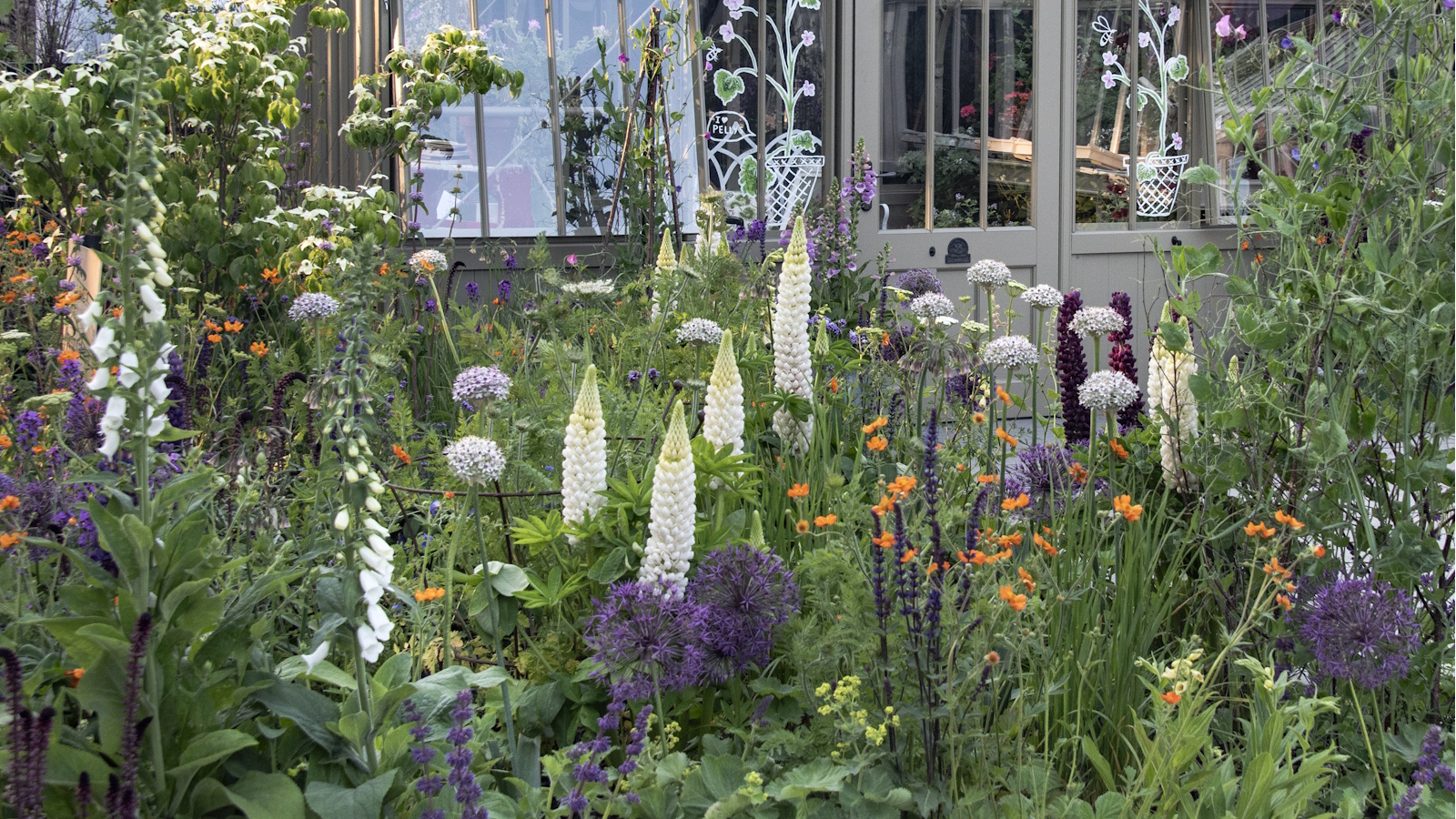
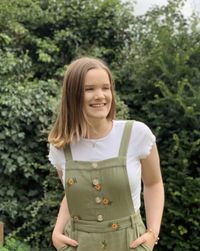
Whenever anyone asks me what my favorite thing about my job is, the answer is always that I'm constantly learning new things about plants. They never fail to amaze me with the tricks they can do and the clever science embedded in horticulture. I quite frankly find it cool that so much can be done with plants, which is why my recent visit to the historic Hever Castle in Kent, UK, is one to remember.
I met gardener Felix Green, who has combined his love of fashion and gardening by creating a dye garden right on the grounds of this estate that used to be home to Anne Boleyn, Henry VIII's second wife. It's a backyard idea I hadn't considered before, but one that I now know is quite accessible with many popular, easy-to-grow plants being some of the best plants for natural dye – a sustainable alternative to the chemical processes used to color fabric in the fashion industry.
Felix talked me through the process of using plants for natural dye and the historic relevance of it in this Tudor setting. I even had a go at dyeing a piece of silk red using the root of a madder plant. But, this isn't something new. It's what was done in previous centuries long before fast fashion, and Felix's work is helping to reconnect us with this history.
How do you make dye from plants?
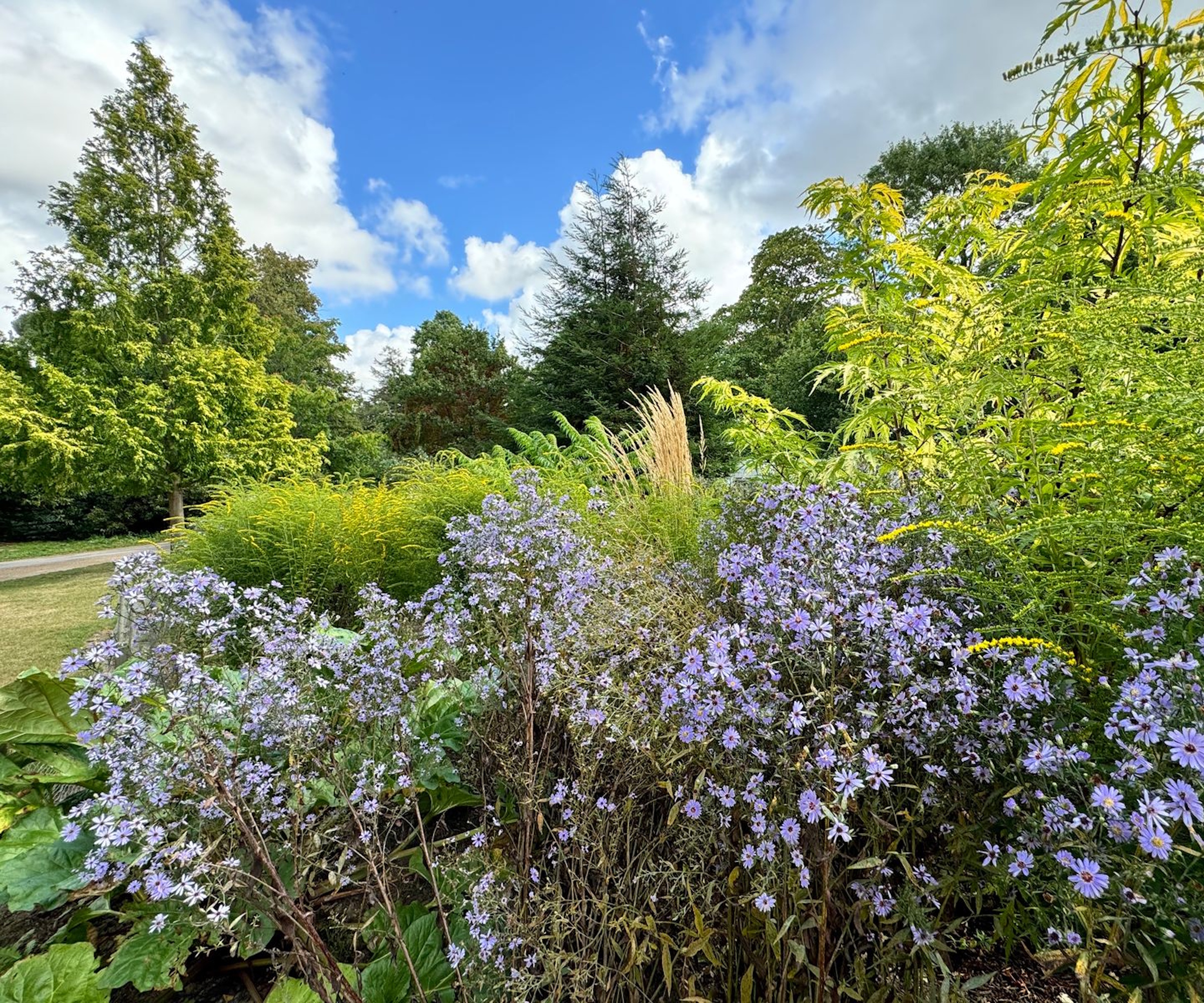
Felix Green is a gardener at Hever Castle with a background in fashion design. This is something that has driven him towards creating a dye garden, as a more sustainable approach to creating color in fashion.
'It's all been very new to me. I'd been a textile designer for 10 years before and during the Covid-19 pandemic, the fashion industry came to a halt,' Felix explains. 'That's when I decided to change paths and sign up for a course with the Royal Horticultural Society, which lead me to discover you can get color from plants. I've been fascinated with it ever since,' he adds.
The dye garden at Hever Castle is now in its third year, with Felix continuously adding to it, with the help of Head Gardener Neil Miller.
'After a while of working in the textile industry, I realized just how many harmful processes are used with chemicals. It's actually one of the biggest polluters of the sea,' Felix says. 'Using plants to make natural dye is a nice way to reflect back on old traditions.'
Design expertise in your inbox – from inspiring decorating ideas and beautiful celebrity homes to practical gardening advice and shopping round-ups.
Introducing plants for natural dye into your yard is therefore one way to take on eco-friendly garden ideas.
Of course, the setting of Hever Castle has some relevance to this process of making natural dye with plants, too:
'It's nice to have dye garden here because of the history. The Tudors would have had their clothes dyed with plants, so this ties it back to how it was originally done. A lot of colors would be associated with your status, too. The richer colors would be used for the wealthier, for example, because they were harder to achieve,' Felix explains.
I was fortunate enough to watch Felix in action, and have a go myself, dyeing pieces of silk, satin, and cotton cloth in the wonderful patch of dye plants he has curated.
'It's a two step process. Before you can dye your fabric, you have to mordant it. It's basically just putting a coating on the fabric for the color to attach to,' Felix explains to me.
We used staghorn sumac (Rhus typhina) to make the mordant, simply by steeping it in water.
'You can just pick the leaves to make the mordant, giving you the base layer for your dye. It only makes a very pale color, which is why it's a popular choice. I just use warm water and soak it for a few hours, then it's good to go. The longer you can leave it, the better,' Felix says.
He tells me there are other plants you can use for a mordant, too, including oak balls (growths left behind gall wasps) which make a darker base color than staghorn sumac.
With the cloth prepared, I then gave it a rinse with clean water and soaked it in a simmering saucepan using madder root to dye it red. We used a camping stove (from Amazon), which is helpful in an outdoor setting, but you can also use your kitchen stove.
'As for how much of your dye plant to use, the general rule is weight for weight,' Felix notes. He notes there was only the tiniest bit of madder root in the solution I was using, as I was only dyeing a small square of cloth.
Almost instantly I watched my piece of silk start to turn a deep wine red. The longer you leave it in there, the more rich the color becomes, although things like soil type and soil pH can also impact the exact color you cloth comes out. If you're unsure what your soil pH is, use this soil test kit from Amazon.
Felix also demonstrated on different materials, and the cotton came out a lighter, paler red than the silk. If you also want to experiment with different materials, I recommend getting your hands on this silk fabric from Amazon and this cotton fabric from Amazon.
I did wonder if this natural dye is something that would wash out, but Felix explained this is not the case.
'Once you're happy with the shade, you just rinse it and it's finished. It then won't wash out, whereas some plants are just used for stain and will wash out. The mordant helps the color to adhere to the fabric,' he says.
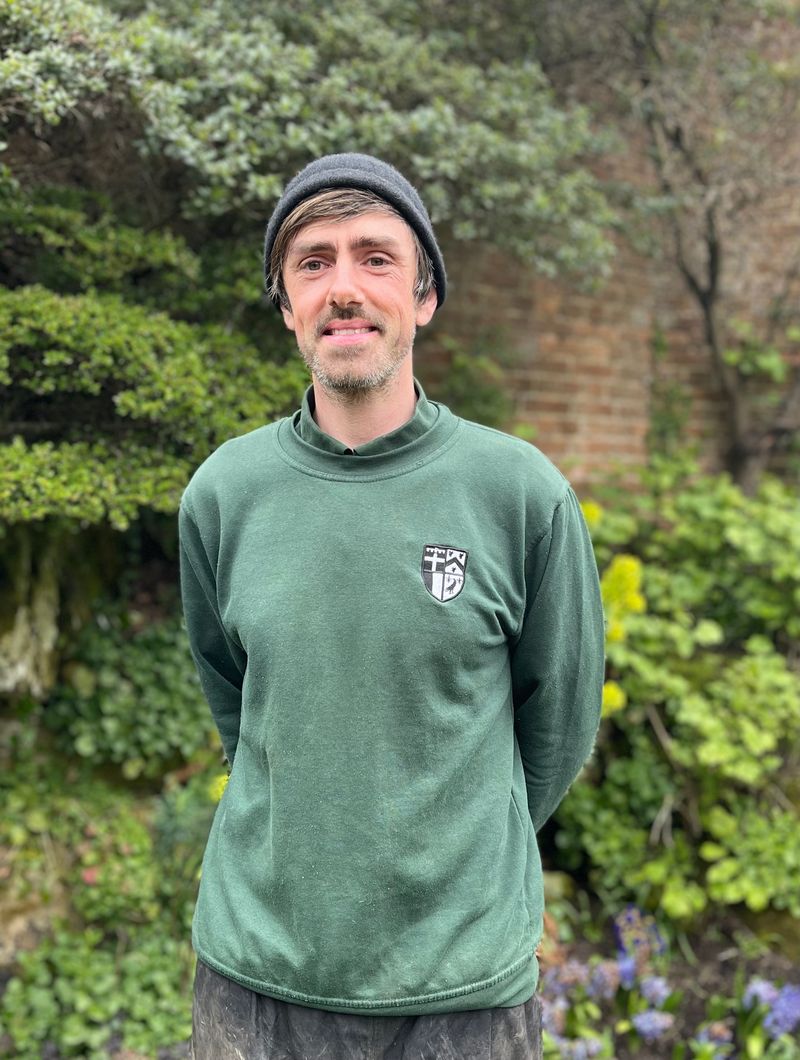
Felix is a gardener at Hever Castle, Kent, UK. Alongside Head Gardener, Neil Miller, he has created a dye garden. Recently, Felix has been hosting dye workshops at Hever Castle.
3 plants for natural dye

I found it quite surprising just how many plants Felix has in the Hever Castle dye garden. There are even some that make colors completely opposite to what they foliage and flowers show. Of course, this is largely because different dye plants use different parts of the plant, whether it's the flowers , roots, and even leaves.
To narrow it down and to help you get started with experimenting with natural dye at home, I asked Felix to pick out his top three plants for natural dye:
1. Marigold flowers
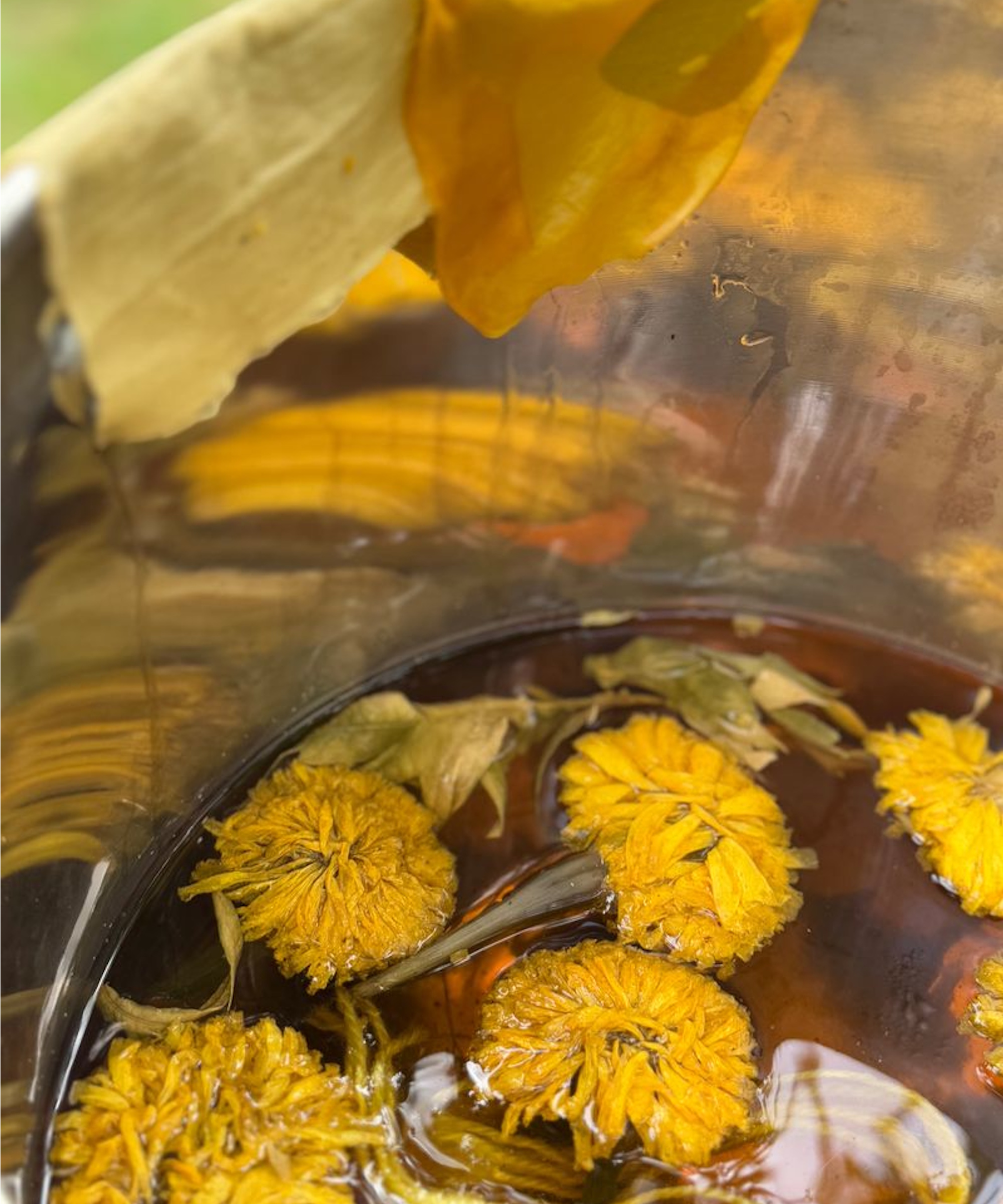
- Dye color: Yellow
This is one Felix also demonstrated when I visited.
Just as easy it is to grow marigolds, it's easy to make a yellow dye with them. For this dye plant, it's all about extracting color from the flowers.
'These are African marigolds (pictured above), but I try a different variety every year to see which results I get,' Felix says.
They don't have to be marigolds grown this year, either. Felix noted that he often harvests his marigold flowers, dries them, and stores them for use next year.
This just adds to the list of uses for marigolds, alongside them being one of the best pest-repellent plants.
You can try growing marigolds from these seeds from Amazon, or use these garden ready marigolds from Walmart to make your own yellow natural dye.
2. Madder root

- Dye color: Red
Unlike the flowers being used to make natural dye with marigolds, madder rather uses the root.
'This is one of the best dye plants but also one of the ugliest. If I didn't know better, I would just think it's a weed, but it actually makes one of the strongest colors you can get,' Felix says. 'A fun fact is one of the oldest recordings of dye used was in Tutankhamun's tomb. It was a leather belt dyed red with madder.
'Its Latin name, Rubia tinctorum, actually gives away that it's a dye plant. Just like medicinal plants have 'officinale' in their botanical name, dye plants tend to have 'tinctorum.' It's not the case every time, but a lot of them are like that, especially the most popular dye plants,' he adds.
Something to note is this can be an invasive plant, so it's recommended to grow it in a contained area.
'You have to dig up the root and it has to be at least two years old before you can use it for dye, just for it to build up the color. Once dug up, dry it out and crumble it in water,' Felix explains.
The image above shows how Felix has also altered the color of the natural madder dye using acidic and alkaline solutions, among others, to either make it lighter or darker.
'It isn't just one color you can get, you can take steps to change the color. I use acid and alkaline modifier. You can also use things like copper coins,' he says.
If you don't want to grow madder in your yard, try using this madder root powder from Amazon to create your natural dye instead.
3. Indigo leaves
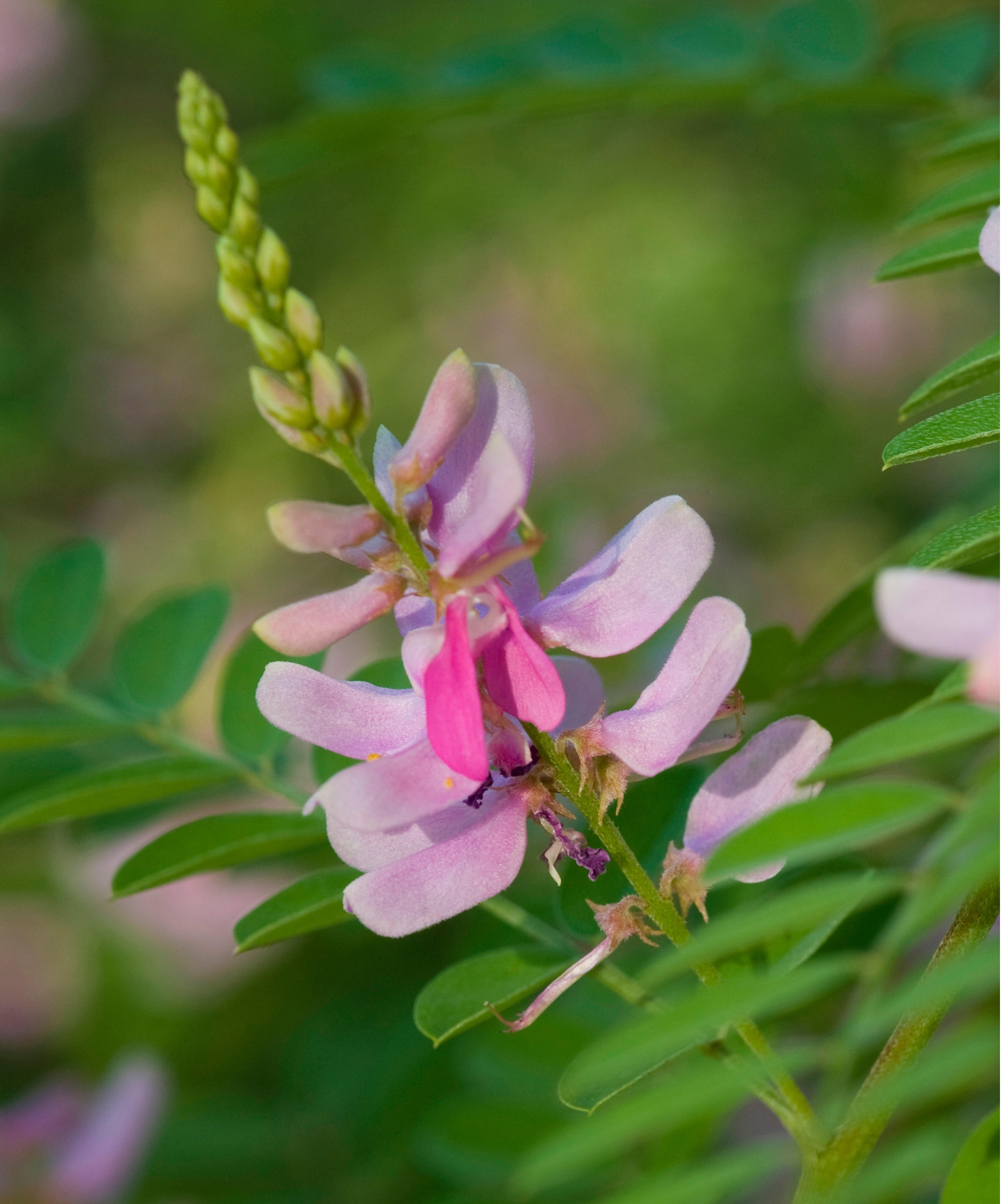
- Dye color: Blue
Blue is not a hugely common color in nature in general, although there are plenty of blue flowers you can add to your yard. Nevertheless, indigo is a plant for natural dye that produces some really bold shades of blue.
'This is another reliable choice, especially for denims and blues. It's more sought-after because it's a color hard to get hold of,' Felix notes.
To use indigo for dye, it's actually the foliage that is steeped in water to give the blue shade.
'With this plant you can actually rinse it and put it back in your dye solution up to 20 times to build up layers of color, Felix notes.
Try growing indigo with these seeds from Amazon.
FAQs
Which vegetables can be used for natural dye?
There are several vegetables that can be used to make natural dye. The most common include avocado skins for pink and peach tones, onion skins for yellow and orange shades, and spinach for green colors.
Making natural dye isn't the only unexpected way to use plants. You can also use medicinal plants to make different remedies, or grow your own herbal tea. There are even some lucky plants thought to bring good fortune if you grow them in your yard.
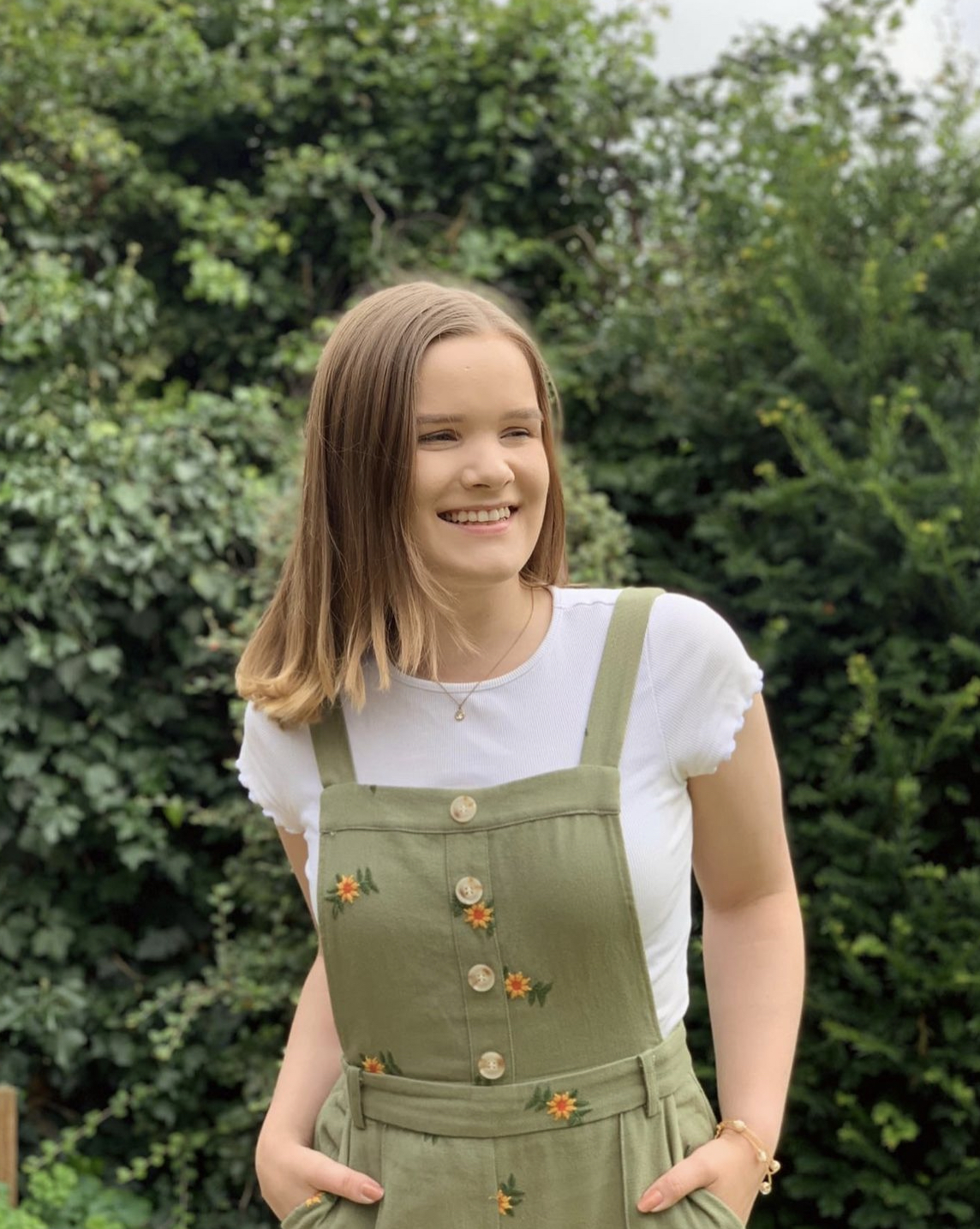
Tenielle is a Gardens Content Editor at Homes & Gardens. She holds a qualification in MA Magazine Journalism and has over six years of journalistic experience. Before coming to Homes & Gardens, Tenielle was in the editorial department at the Royal Horticultural Society and worked on The Garden magazine. As our in-house houseplant expert, Tenielle writes on a range of solutions to houseplant problems, as well as other 'how to' guides, inspiring garden projects, and the latest gardening news. When she isn't writing, Tenielle can be found propagating her ever-growing collection of indoor plants, helping others overcome common houseplant pests and diseases, volunteering at a local gardening club, and attending gardening workshops, like a composting masterclass.